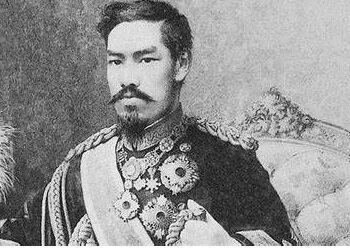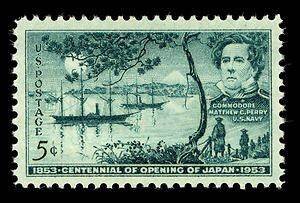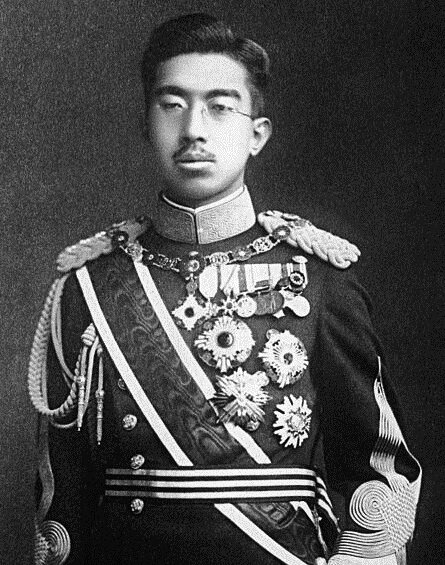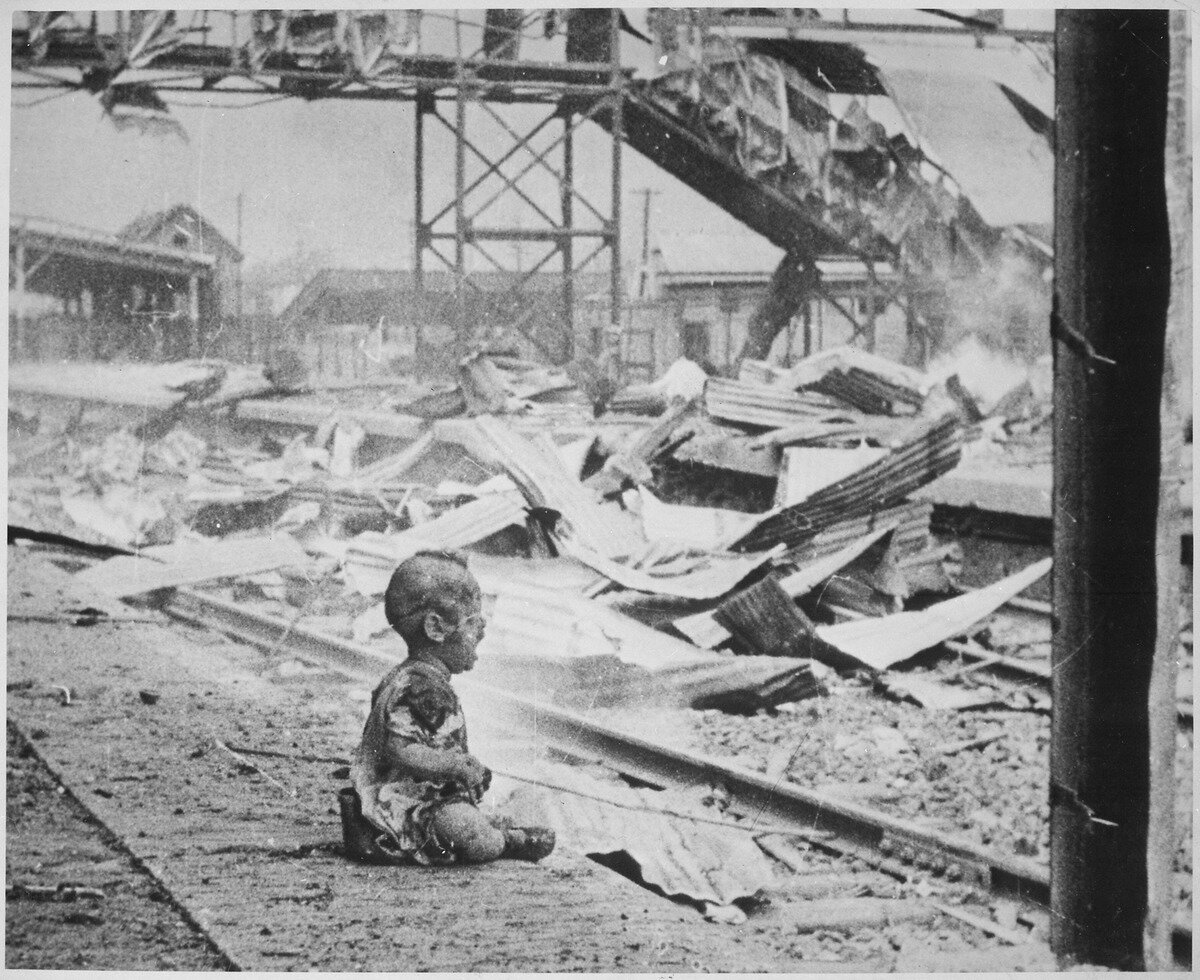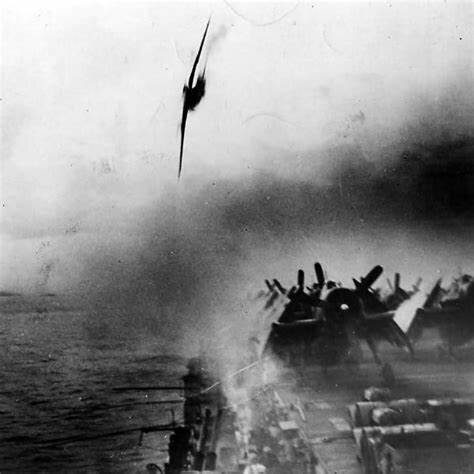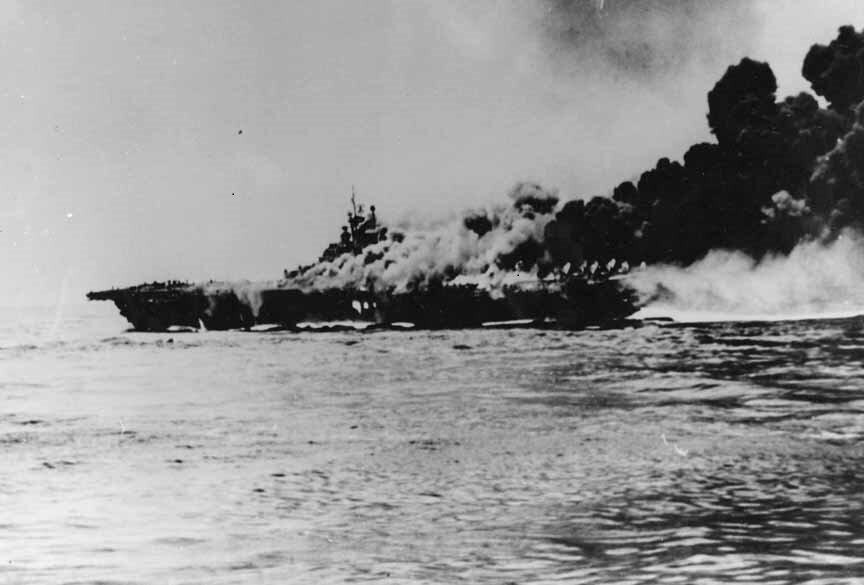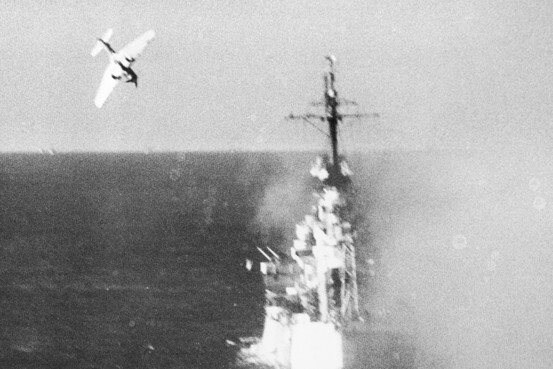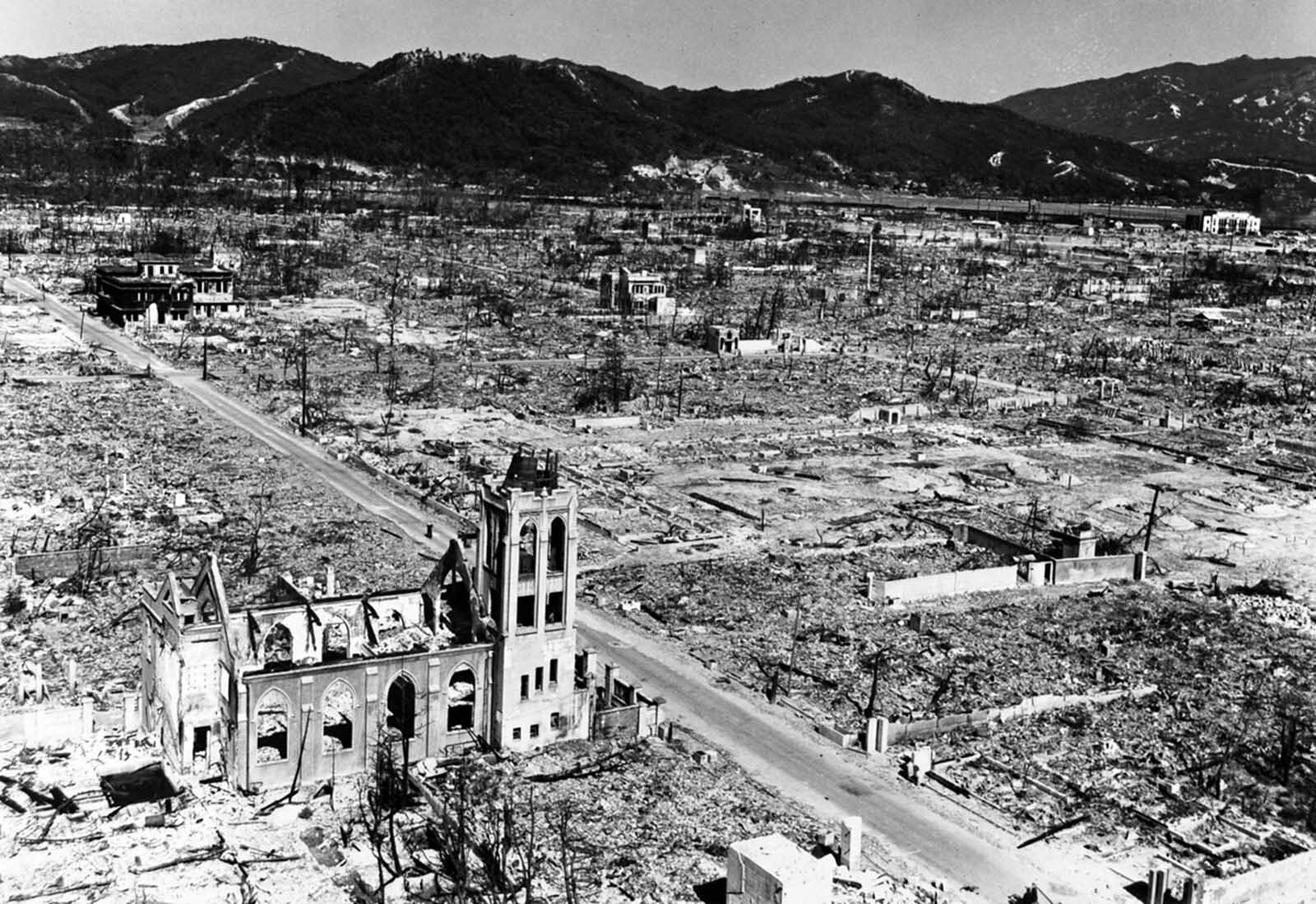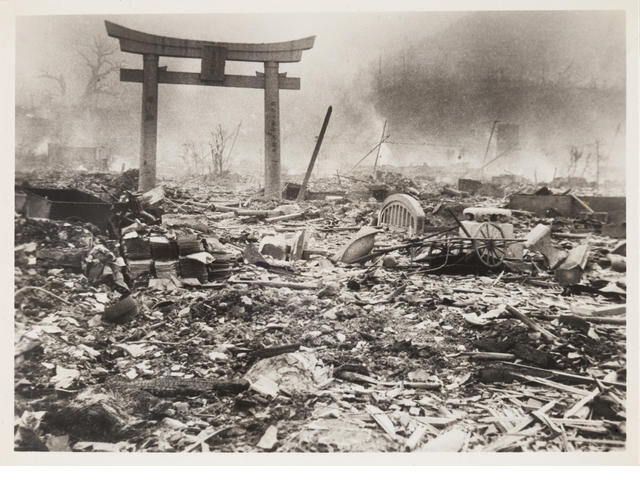Endure the Unendurable
August 15, 1945. Japan has not yet surrendered to the Allied forces. Emperor Hirohito of Japan intervened with Japan’s military leadership to end the war after the atomic bombs were dropped on Hiroshima and Nagasaki.
Background
In 1853, U.S. Navy Commodore Mathew Perry led a fleet of warships to Japan to open it to foreign trade. The country was closed to foreigners and ruled by a variety of Shoguns (local warlords) in a military-led government. Reformers wanted to update the government and modernize the country. In what became known as the Meiji restoration, a central government was formed, led by Emperor Meiji. His grandson, Hirohito, became Emperor in 1926.
Japan rapidly industrialized after the Meiji restoration and embarked on the creation of an empire. It defeated China and took control of Taiwan in 1895, beat Russia in 1905, and annexed Korea in 1910. Japan fought on the winning Allied side in World War I, winning some former German colony Islands in the Pacific and German-controlled trading zones in China.
The Start of World War II – 1931
Germany’s invasion of Poland in 1939 is the traditional start date of World War II. Some historians date the start the 1931 Japanese invasion and conquest of Manchuria in northeastern mainland China. After Japan conquered the province, it set up a puppet government led by the last Chinese Emperor, Puyi. Puyi had been deposed in 1911 at age 6 when China overthrew the Qing Dynasty in favor of a republic.
In 1937, Japan launched a full-scale attack against China, capturing several cities, including Beijing, Shanghai, and Nanjing. Nanjing became the site of atrocities known as the ‘Rape of Nanjing.) Japan was unable to expand into China's interior, and the war reached a stalemate.
America Enters the War – 1941
In December 1941, Japan attacked Pearl Harbor, and the United States entered the war. After initial successes, Japan was defeated in the battle of Midway, and America started to retake islands and countries conquered by Japan.
Situation in 1945
By early 1945, Japan had lost most of its war conquests. Japan’s ally, Germany, surrendered in May 1945, but Japan still fought on. Its Navy was almost eliminated, and its cities subject to strategic bombing.
In preparation for the attack of the Japanese mainland, the United States invaded islands to provide bases. First, in February 1945, troops landed on Iwo Jima, an island about 750 miles from Tokyo. Next, to support a closer and larger base, the U.S. landed on the island of Okinawa in April 1945. One of the costliest battles in the Pacific War resulted. The Allies incurred about 75,000 casualties (dead and wounded). Japanese Kamikaze attacks sank over 20 ships and damaged another 300. The civilian population on Okinawa suffered greatly, with more than 100,000 Okinawans killed during the 80-day battle.
In June 1945 and the United States started to plan the invasion of Japan. The United States was concerned about the deaths and destruction the campaign would cause. Based on the experience on Okinawa and earlier battles, the military leadership believed the Japanese would stubbornly resist and fight-to-the-death. This would result in both significant military and civilian deaths. Estimates ranged to over one million casualties.
The Atomic Bomb
In August 1939, Albert Einstein signed a letter warning President Roosevelt that Germany might develop an Atomic Bomb. The letter stated:
"In the course of the last four months it has been made probable… to set up a nuclear chain reaction in a large mass of uranium, by which vast amounts of power and large quantities of new radium-like elements would be generated.… it is conceivable… that extremely powerful bombs of a new type may thus be constructed.”
The letter went on to warn about Germany working on the development of a bomb and urged the United States to start its own program. This led to the Manhattan Project, the program to develop the bomb. The first successful test of a bomb occurred in July 1945 at Los Alamos in New Mexico. President Truman decided to use the Bomb in an attempt to end the war. The first was dropped on Hiroshima on August 6, the second on Nagasaki on August 9, both military targets.
President Truman announced the use of the Bomb in a speech:
“Sixteen hours ago an American airplane dropped one bomb on Hiroshima… It had more than two thousand times the blast power…[of prior large bombs]… It is an atomic bomb. It is a harnessing of the basic power of the universe. The force from which the sun draws its power has been loosed against those who brought war to the Far East.”
Truman went on to describe the massive and industrial effort behind the Manhattan Project that developed the bomb. He then talks about Japan and the use of the bomb:
“We are now prepared to obliterate more rapidly and completely every productive enterprise the Japanese have above ground in any city …It was to spare the Japanese people from utter destruction that the ultimatum of July 26 was issued at Potsdam. Their leaders promptly rejected that ultimatum…”
Decision to Surrender
Emperor Hirohito decided to surrender. He announced this decision via a prerecorded radio broadcast. This was the first time most Japanese had ever heard the Emperor speak. It was August 15 (August 14 in the United States). His speech starts out with the surrender decision:
“After pondering deeply the general trends of the world and the actual conditions obtaining in our Empire today, we have decided to effect a settlement of the present situation by resorting to an extraordinary measure. We have ordered our Government to communicate to the Governments of the United States, Great Britain, China, and the Soviet Union that our Empire accepts the provisions of their joint declaration.” (the joint declaration was the Potsdam ultimatum).
He then defends Japan’s decision to start the war: “…we declared war on America and Britain out of our sincere desire to ensure Japan’s self-preservation and the stabilization of East Asia, it being far from our thought either to infringe upon the sovereignty of other nations or to embark upon territorial aggrandizement.”
Hirohito admits that war has not gone well: “…the war situation has developed not necessarily to Japan’s advantage, while the general trends of the world have all turned against her interest.”
He describes the bomb and its use: “…the enemy has begun to employ a new and most cruel bomb, the power of which to do damage is, indeed, incalculable, taking the toll of many innocent lives. Should we continue to fight, it would not only result in an ultimate collapse and obliteration of the Japanese nation, but also it would lead to the total extinction of human civilization.”
Knowing that surrender is against Japanese culture he asks the nation to accept it in the interests of peace: “…we have resolved to pave the way for a grand peace for all the generations to come by enduring the unendurable and suffering what is insufferable.”
Several Japanese officers opposed the surrender and attempted a coup d’etat. It failed and World War II was over.
Celebration of V.J. Day
The United States celebrates Victory over Japan Day on September 2, when Japan signed the official surrender. Korea celebrates on August 15, the day of Hirohito's announcement. V.J. day is the only public holiday celebrated in both North and South Korea. In South Korea, it is called 'Gwangbokjeol,' which translates into 'the day the light returned.’ The end of the war deserves acclaim, whether celebrated on August 15th or September 2nd.
